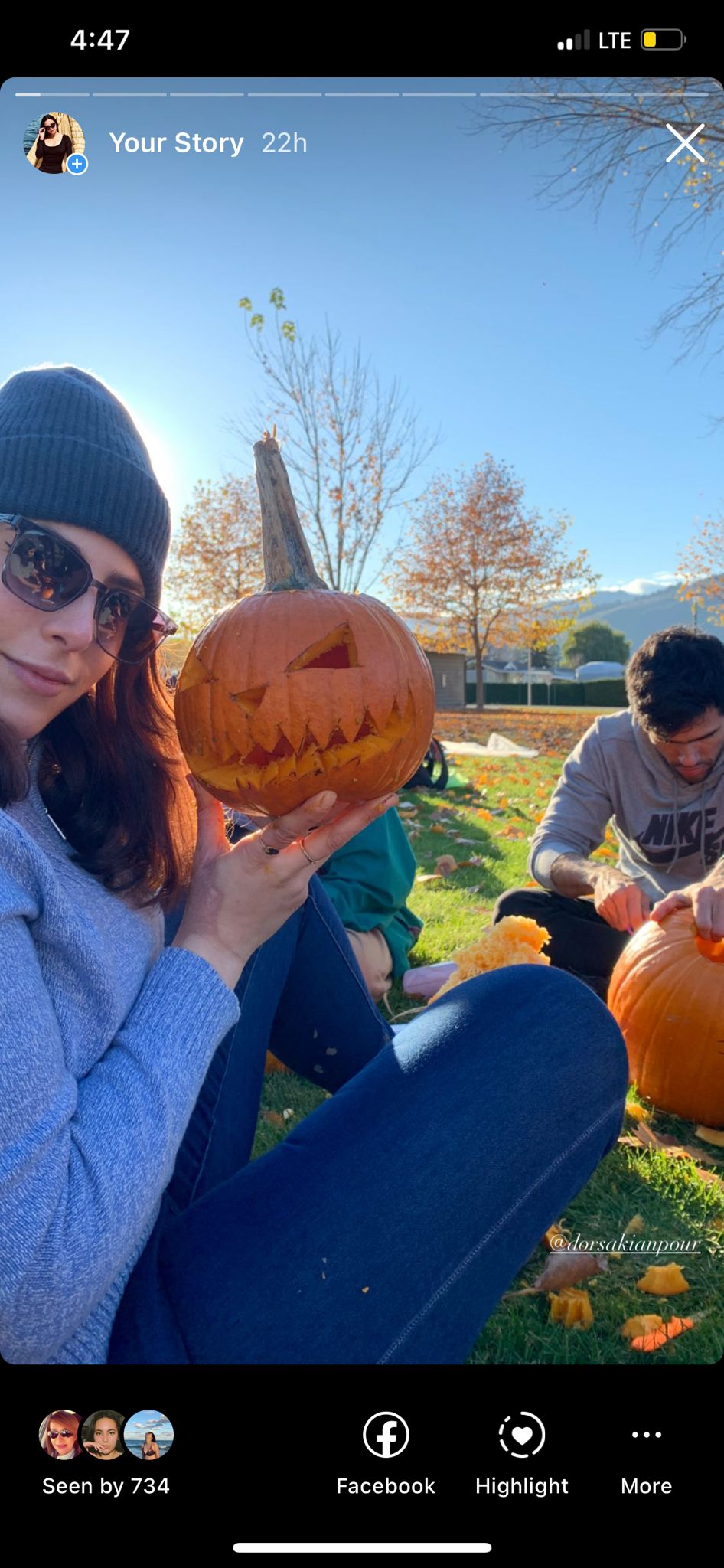Image Attribution: “VISA 1500 Assignment 3, part A” by Maria Jesus Castro Suarez is licensed under CC0. (See interactive map)
Maria Jesus Castro Suarez
T00675825
VISA Assignment 3
Part A.-
I will be talking about the application called “Instagram”, this is an app where you constantly share pictures, videos, and messages. More than 1 billon people use this social network. (Leaver, 2020) The way that you interact with others in this application is initially being followed by some people and to follow others as well, so you have access to the content that people share and they have access to the content that you share as well.
I think the main positive points of this application is that you can post whatever you want in your account. You can “be” or share who you are and the things you like the most about your life. You can interact with a lot of people through Instagram, and you can meet people who have similar interests like yours. You can keep in touch with your friends, your family and see what is going on in their lives, which is exciting because we all are curious people, and we like to observe. Also, people share on Instagram their favorite moments, their favorite people, and their favorite food or art as well; because on Instagram you can also share music links, you can share quotes, you can share images of art in diverse forms, you can literally post anything (under the rules of Instagram that censor violent content or sexual content).
The negative aspect can be that unfortunately a lot of people get kind of addicted to this application because there is so much content of your interest there that you just can’t stop watching. Also, if you are one of those people who constantly share content in this app and you receive likes, comments, or the now available “reactions” to your Instagram stories, then you are even more prone to getting addicted to the app. The thing is that our brain produces dopamine every time we receive those kinds of good reactions to our content, that is why we can become addicted to it. (Sholeh, 2019)
I think Instagram is like another popular app in some ways like stories that you can share, or the messaging service but what makes Instagram special is that the main focus are pictures, and all your feed is supposed to be fill with the ones that represent you the most or the ones that at least you like the most. So, you create your identity based on those pictures and that’s something very funny to do and to watch being doing by others.
I recorded three days of my use of Instagram and what I was really surprised when I saw the results. I spent almost 2 hours per day in the app and this is my chart of content interaction.
| Instagram Stories | First day | Second day | Third day |
| Share | 1 | 17 | 2 |
| Create | 0 | 13 | 1 |
| Alter | 0 | 4 | 1 |
| Consume | +30 | +30 | -30 |
I think my behaviors and expectations have changed over the past years thanks to my increased use of SNS’s, the thing is that the constant use and interaction with certain concepts or ideas showing up every single day of our lives can make certain things imprinted into our brain and we can experience a change by that.
I’m starting to question my current use of this app because I think I can certainly get catch by Instagram and being affected by it so I don’t really want that. This is typical according to my sources.
References:
Leaver, T., Highfield, T., & Abidin, C. (2020). Instagram: Visual social media cultures. John Wiley & Sons.
Sholeh, A., & Rusdi, A. (2019). A new measurement of Instagram addiction: psychometric properties of The Instagram Addiction Scale (TIAS). feedback, 737, 499.
